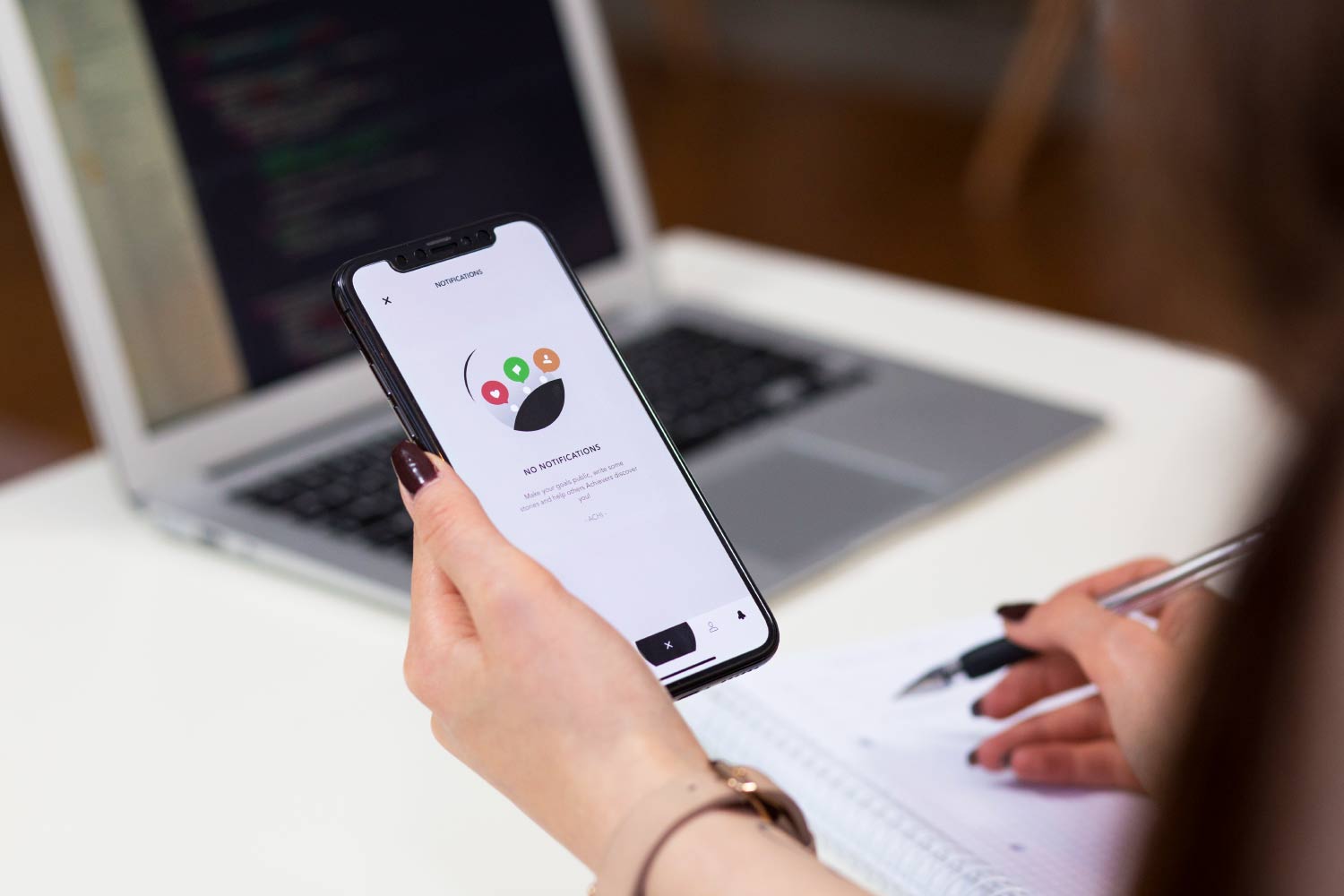As we settle into fall and families return to regular routines with kids back in school, it’s a great time to explore the 2024 ParticipACTION Report Card on Children and Youth. While the report was published earlier this year, its findings remain as relevant as ever – especially now, when establishing healthy habits and physical activity can be built into daily life. Let’s take a moment to review how we’re doing and explore practical tips to help get kids moving more.
What is the ParticipACTION Report Card?
ParticipACTION is a non-profit organization and they are dedicated to promoting physical activity and healthy living to Canadians of all ages. The ParticipACTION report card is a document that lets us know how we are doing as a country when it comes to participating in physical activity. All of the information in the report card is based on the most current research. The 2024 ParticipACTION Report Card is specific to children and youth, between the ages of 5 and 17, and focuses on different factors that influence physical activity levels. These factors include things such as access to recreational facilities, participation in organized sports, screen time and overall fitness levels.
What is the Report Card telling us this year?
The main messaging from the 2024 Report Card is that kids are spending too much time in front of screens, not enough time moving around, and sitting for long periods of time, which is also referred to as sedentary behaviour. This year, the report card graded children and youth a grade of D+ for overall Physical Activity and a D for Sedentary Behaviour. This may sound discouraging, but fortunately, both of these grades were an improvement from 2022’s Report Card.
In past years, ParticipACTION has acknowledged the role that the pandemic has played in physical activity levels for all Canadians and this year, they are also taking into account the impacts that climate change is having on top of those pandemic-related challenges. For people of all ages, outdoor movement has many benefits linked to our overall health but more research is needed to assess the impact of things like air quality from forest fires and heat waves during the summer months when we may be advised to stay indoors.
Even though these aren’t the most desirable grades to see, the good news is that when it comes to encouraging kids to be more physically active, the solution still points towards moving more as a family.
How can families impact how much kids move?
Although kids can be heavily influenced by what they see on TV, on social media, at school and by their friends, what really seems to have the biggest impact on how active they are is their family. When kids see their parents, caregivers, siblings and other loved ones modeling healthy behaviors like being physically active, they are more likely to mirror those behaviours.
Tips to encourage kids to move more:
If you and your family are planning to become more physically active, start with small changes and remember that any physical activity is better than no physical activity at all. It is important to keep in mind what works best for you and your family and to find enjoyable ways to be physically active. Here are 3 tips to help you get started:
- Tip #1: Be an active role model. As a parent or caregiver, try to incorporate physical activity into daily routines and look for opportunities to be active as a family when possible with activities you enjoy. Some examples include family walks or bike rides, playing catch in your backyard, or encouraging active transportation (i.e. walking instead of driving to get places).
- Tip #2: Make physical activity a family priority by turning your family time into active time. Doing this as a family also has the added benefit of encouraging social support, connectedness and attachment, which all are important for good mental health.
- Tip #3: Creating a family media plan that can include setting rules around screen time (i.e. screen-free hours or screen-free days), encouraging screen-free family time and using “device baskets” (bins for storing personal mobile devices), removing screens from children’s bedrooms and having screen-free family meals.
See the document below for highlights of this year’s Report Card. For more detailed information, please visit the ParticipACTION website.



